The term “graffiti” carries a rich tapestry of history and cultural significance, reflecting the evolution of human expression. Rooted in its Italian origins, “graffiti” emerges from the plural form of “graffito,” meaning “scratched mark” or “incised inscription.”
Its historical journey winds through ancient civilizations, where people etched messages, documented events, and conveyed personal sentiments on various surfaces.
However, the modern incarnation of graffiti took shape in the bustling streets of 20th-century urban centers, particularly New York, where artists, often referred to as “writers,” fused stylized lettering, vibrant colors, and rebellious spirit.
This art form ignited a global phenomenon, blurring lines between vandalism and artistry, and sparking conversations about identity, rebellion, and societal commentary on the walls of our cities.
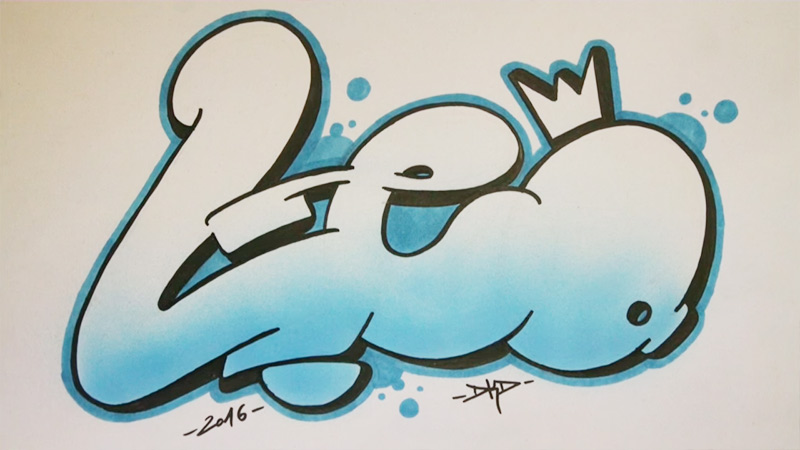
Graffiti Word Origin
The origin of the word “graffiti” is in the Italian language. It is the plural form of the Italian word “graffito,” which means “a scratched mark” or “incised inscription.”
The singular form, “graffito,” is derived from the Italian verb “graffiare,” which means “to scratch” or “to scribble.”
Historically, “graffito” was used to describe inscriptions, drawings, or markings that were scratched or etched into surfaces such as walls, pottery, or rock formations.
These markings often served various purposes, including conveying messages, documenting events, or expressing personal sentiments.
As the concept of graffiti evolved over time, especially during the emergence of the modern urban art movement in the 20th century, the term “graffiti” came to be associated with the colorful and stylized wall paintings and murals created by artists in cities like New York.
This usage of the term “graffiti” has persisted to describe the contemporary form of street art and public mural painting that we are familiar with today.
8 Facts Why Is It Called Graffiti?
The term “graffiti” has a rich and multifaceted history, and its origins can be traced back to several linguistic and cultural influences.
The word itself has evolved over time, and its current usage reflects a complex interplay of artistic expression, societal perceptions, and urban subcultures.
Here are the key reasons why it is called “graffiti”:
Italian Roots
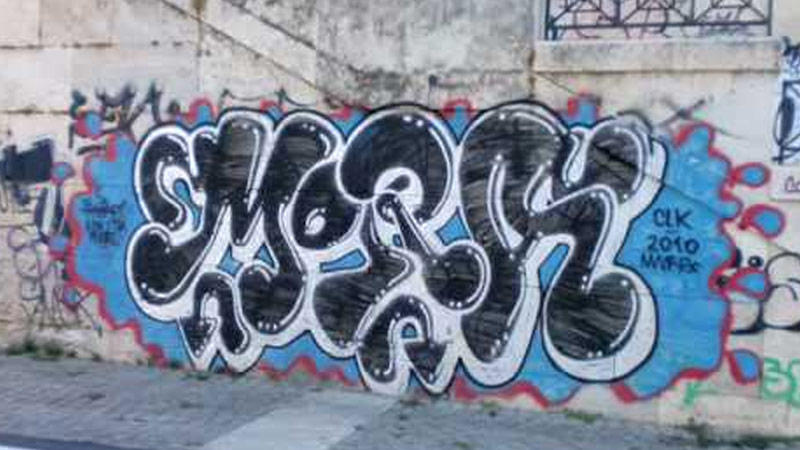
The word “graffiti” is of Italian origin, derived from the plural form of “graffito,” which means “a scratched mark” or “incised inscription.”
In ancient Italy, people would scratch or carve messages and drawings into the surfaces of buildings, often as a form of political or personal expression.
Historical Significance
Graffiti has a long history of being used as a means of communication and artistic expression. Ancient civilizations, including the Romans and Egyptians, used various forms of graffiti to convey messages, document events, or express personal sentiments.
Urban Art Movement
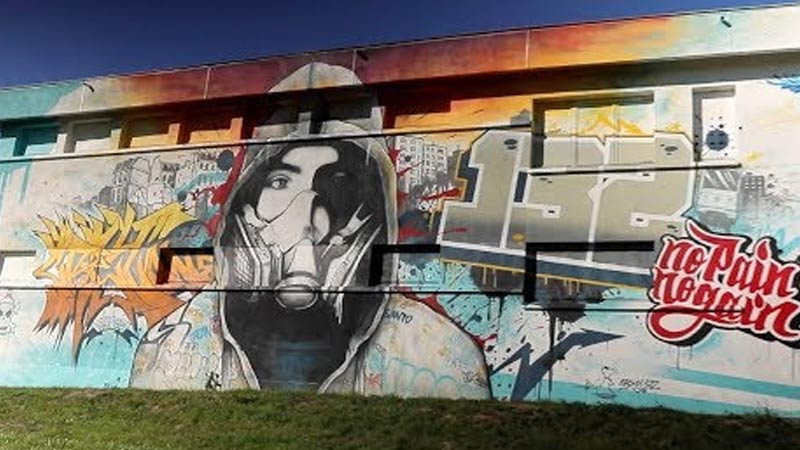
The term “graffiti” became more widely associated with its modern form during the emergence of the urban art movement in the 20th century.
In the 1960s and 1970s, young artists in cities like New York began using the term to describe their public wall paintings and murals, which often included stylized lettering and vibrant colors.
Subculture and Street Art
Graffiti also became synonymous with a subculture that emerged from the hip-hop scene in New York City. These early graffiti artists, often referred to as “writers,” used graffiti as a form of self-expression and identity.
They would tag their names or pseudonyms on walls, subway cars, and other urban surfaces.
Popularity and Controversy

As graffiti gained popularity, it also sparked controversy. Many people viewed it as vandalism and an illegal act of defacement.
This dichotomy between artistic expression and criminal activity further solidified the term “graffiti” in public discourse.
Global Phenomenon
Graffiti is not confined to any specific region or culture. It has become a global phenomenon, with artists from diverse backgrounds using it as a medium for self-expression, political activism, and social commentary.
The term “graffiti” has transcended linguistic and cultural boundaries to describe this worldwide art movement.
Evolution of Styles
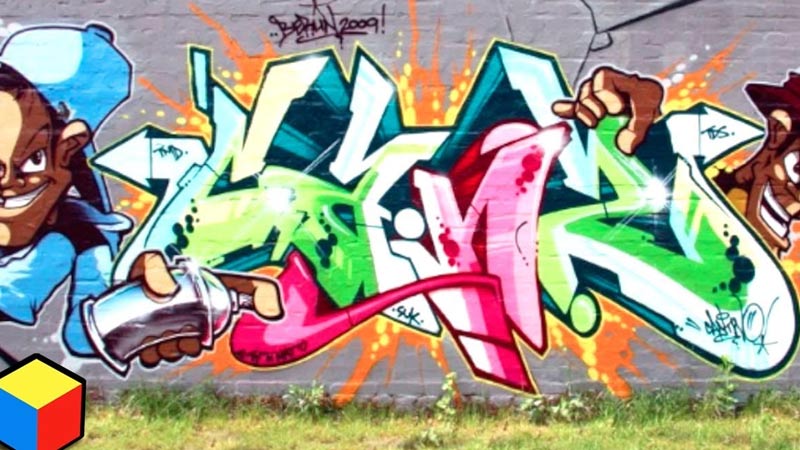
Over time, graffiti has evolved beyond its early forms, incorporating various styles, techniques, and influences.
From traditional tagging to intricate murals, graffiti encompasses a wide range of artistic expressions.
Legitimization and Recognition
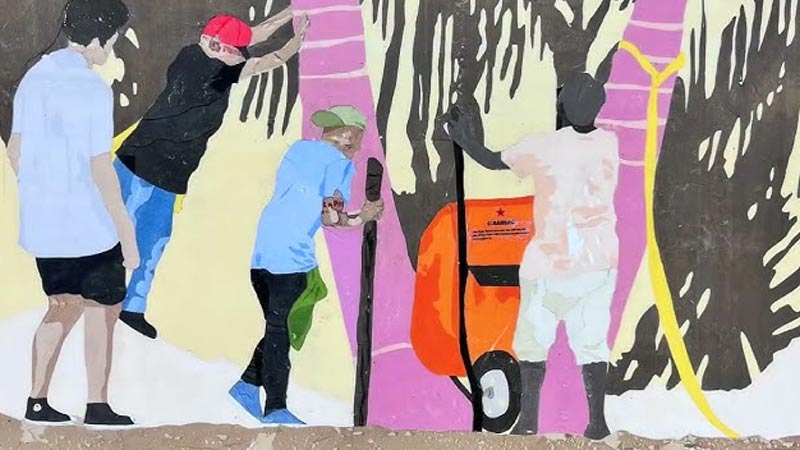
In recent years, graffiti has gained recognition as a legitimate art form. Many cities have designated legal graffiti walls or street art festivals, where artists can create their work without fear of legal repercussions.
This recognition has further blurred the line between graffiti as vandalism and graffiti as art.
Graffiti as an Art Form
Graffiti as an art form has developed over the decades through a complex and fascinating journey, influenced by cultural, social, and artistic factors.
Here is a detailed exploration of how graffiti evolved into a recognized and respected art form:
Early Origins
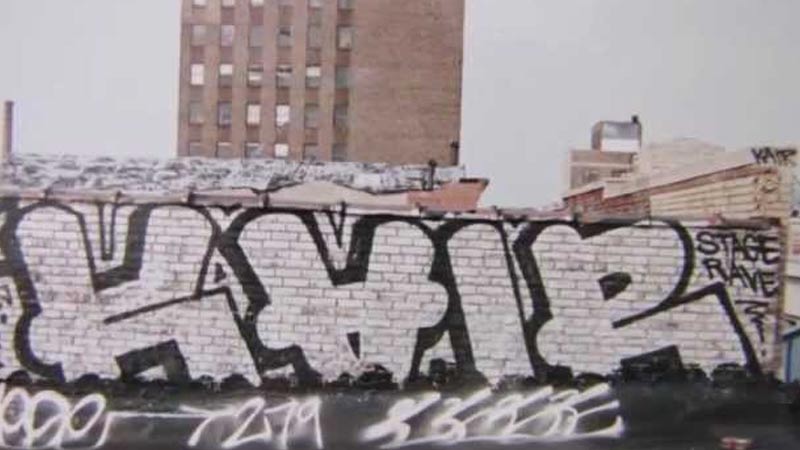
Graffiti, in its essence as markings or inscriptions on surfaces, can be traced back to ancient civilizations. The Romans and Egyptians, for example, used graffiti to convey messages, document events, and express personal sentiments.
These early forms were more about communication and documentation than artistic expression.
Emergence in Modern Times
The modern incarnation of graffiti as an art form began to take shape in the mid-20th century.
In the 1960s and 1970s, young artists in New York City, many of whom were influenced by the hip-hop culture, started using the term “graffiti” to describe their work.
This period saw the rise of “writers” who created colorful and stylized tags, often consisting of their pseudonyms, on various urban surfaces, particularly subway trains.
Street Art and Murals
Graffiti artists quickly evolved from basic tagging to more elaborate pieces. They began to create complex murals and street art, experimenting with styles, colors, and techniques.
This transformation allowed for greater artistic expression and storytelling within the confines of urban environments.
Influence of Hip-Hop Culture
Graffiti and hip-hop culture became closely intertwined. Graffiti served as one of the four main elements of hip-hop, alongside rap, DJing, and breakdancing. This association helped propel graffiti into the mainstream cultural consciousness.
Global Spread
Graffiti’s popularity and influence spread beyond New York City, finding homes in urban centers worldwide. Different regions and cultures infused their unique flavors into the art form, resulting in diverse styles and approaches.
Recognition as Art
Despite its early association with vandalism and illegal activity, graffiti artists began to gain recognition for their talent and creativity.
Galleries started exhibiting graffiti art, and artists like Jean-Michel Basquiat and Keith Haring, who had roots in graffiti, found success in the fine art world. This legitimization played a crucial role in establishing graffiti as a respected art form.
Evolution of Styles
Graffiti continued to evolve, encompassing a wide array of styles, from photorealism to abstract and everything in between.
Some artists incorporated political and social commentary into their work, using graffiti as a powerful medium for activism.
Legalization and Public Spaces
Many cities around the world began designating legal graffiti walls and street art festivals, allowing artists to create their work in public spaces without fear of legal repercussions. This shift further blurred the lines between graffiti as vandalism and graffiti as art.
Impact on Popular Culture
Graffiti has had a profound impact on popular culture, influencing fashion, design, and advertising. Street artists like Banksy have achieved international acclaim, pushing the boundaries of the medium and challenging societal norms.
Digital Age
In the digital age, graffiti has found new avenues for expression through social media and digital art platforms. Artists can reach global audiences and collaborate with others more easily than ever before.
Who Invented Graffiti?
Graffiti, in its various forms, cannot be attributed to a single inventor. Instead, it has evolved organically throughout human history.
Ancient civilizations like the Romans and Egyptians practiced forms of graffiti, etching inscriptions and drawings on walls and structures.
In its modern urban art form, graffiti began to take shape in the mid-20th century. In the 1960s and 1970s, young artists in New York City played a pivotal role in popularizing graffiti as a form of self-expression, using pseudonyms or “tags.”
Prominent early figures like TAKI 183 and Cornbread are often credited with helping establish the subculture.
Graffiti’s evolution into a global art movement involved countless contributors, making it a collective expression rather than the creation of a single inventor.
Types of Graffiti -Top 13 Types
Graffiti is a diverse and multifaceted art form that encompasses various styles and types.
Here are the top 13 types of graffiti:
Tagging
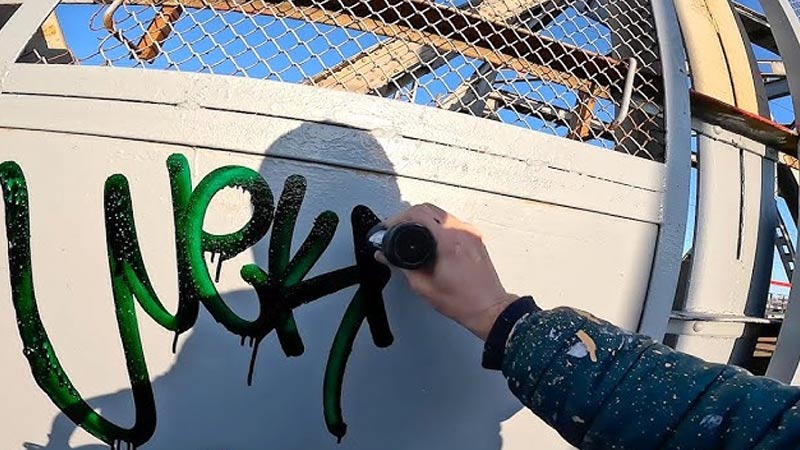
Tagging is the simplest form of graffiti. Artists use their signature or pseudonym (tag) to quickly leave their mark on surfaces, often with a single color. The primary purpose is self-expression and marking territory.
Throw-ups
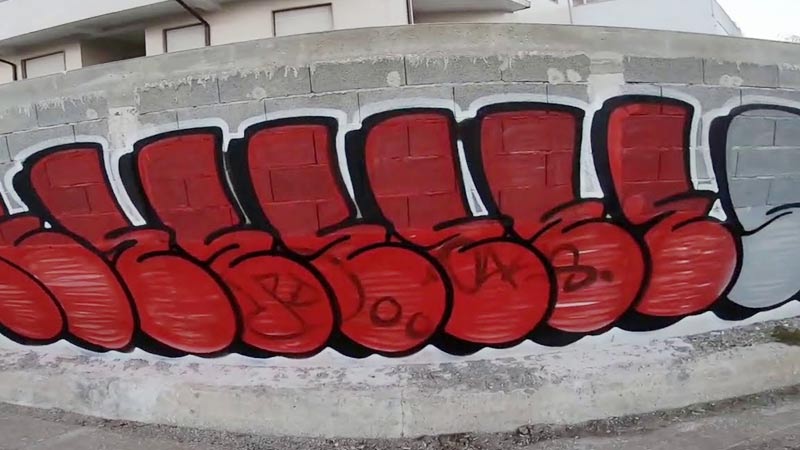
Throw-ups are larger and more stylized than tags. They consist of bubble or block letters, typically filled with one or two colors and outlined for emphasis. Throw-ups are faster to create than pieces but still showcase an artist’s style.
Piece (or Masterpiece)
A piece is a highly elaborate and detailed form of graffiti. It involves complex and colorful designs, intricate lettering, and may include 3D effects, shading, and highlights. Pieces can take several hours or even days to complete and are often the artist’s showcase work.
Wildstyle
Wildstyle graffiti is known for its complex, abstract, and often unreadable lettering. Artists manipulate letters to the extreme, incorporating arrows, twists, and turns. Wildstyle pieces require a high level of skill and can be challenging to decipher.
Stencil Art
Stencil graffiti is created by cutting out specific shapes or patterns from a stencil and then spraying paint over it onto a surface. This technique allows for precision and repeatability and is often used for political or social messages.
Character Graffiti
Some graffiti artists incorporate characters or figures into their work. These characters can range from cartoonish and whimsical to realistic and detailed. Characters add a storytelling element to the art.
Mural Graffiti
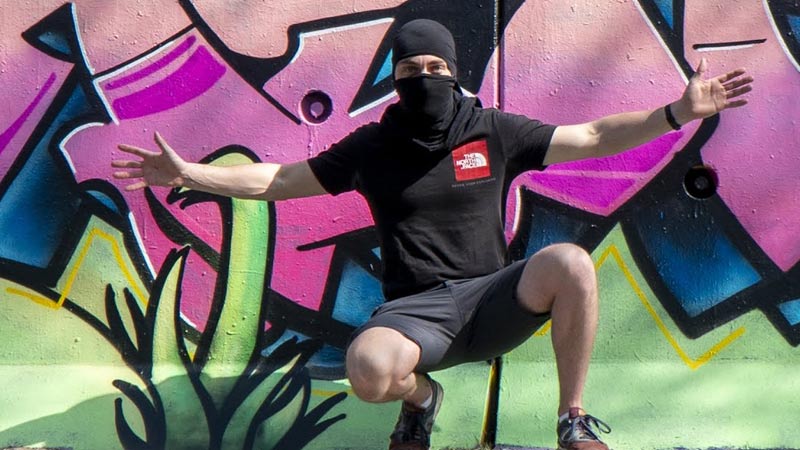
Mural graffiti focuses on creating large-scale, visually stunning artworks on buildings or walls. These pieces often tell a story or convey a message and can be commissioned or created with permission on designated walls.
Graffiti Writing Styles
Graffiti artists develop their unique writing styles over time. They experiment with various lettering techniques, such as block letters, bubble letters, calligraphy-inspired scripts, and more, to create a distinctive signature style.
Political and Social Commentary
Graffiti artists use their work as a platform to address pressing issues. These pieces often contain political or social messages, providing a visual commentary on topics like inequality, environmental concerns, or human rights.
Legal or Commissioned Graffiti
Some graffiti artists are commissioned to create artwork legally on public or private property. This type of graffiti allows artists to showcase their talents in a sanctioned manner, blurring the lines between street art and fine art.
Street Art
Street art encompasses a wide range of visual expressions found in public spaces. It includes murals, installations, wheatpaste posters, and other creative forms that go beyond traditional lettering. Street art often incorporates diverse artistic styles and themes.
Experimental and 3D Graffiti
Experimental graffiti artists push boundaries by incorporating three-dimensional elements into their work.
This can include sculptural pieces, optical illusions, or techniques that give the impression of depth and movement.
Calligraffiti
Calligraffiti combines the art of calligraphy with graffiti. Artists create elegant and ornate lettering styles, blending the fluidity of calligraphy with the edginess of graffiti, resulting in visually striking compositions.
What Is Leo Graffiti?
“Leo graffiti” typically refers to graffiti or street art created by an artist or individual using the name or pseudonym “Leo.”
In graffiti and street art, artists often adopt unique names or aliases, known as “tags,” to maintain anonymity while leaving their mark on urban landscapes.
“Leo graffiti” would be specifically associated with the work of an artist who goes by the name “Leo” and can encompass a wide range of artistic styles, from traditional tagging to more elaborate and artistic mural creations.
It’s a way for artists like Leo to express themselves and gain recognition within the street art community.
FAQS
Is the word “graffiti” related to “graffio” in Italian?
Yes, the word “graffiti” is indeed related to the Italian word “graffio,” which means “scratch.”
When did the term “graffiti” first appear in English language usage?
The term “graffiti” started appearing in English language usage in the late 1960s and early 1970s, coinciding with the emergence of the modern graffiti art movement in New York City.
Are there other names for graffiti in different cultures?
Yes, different cultures have their own names and terms for graffiti. For example, in Arabic-speaking countries, graffiti is often referred to as “الجرافيتي” (al-jarafiti), while in Japan, it’s called “ストリートアート” (sutorītoāto), emphasizing its street art nature.
What role did subway graffiti play in the development of the art form?
Subway graffiti played a pivotal role in the early development of graffiti as an art form.
Is graffiti always associated with rebellion and counterculture?
While graffiti has often been associated with rebellion and counterculture due to its roots in urban subcultures, it has evolved to encompass a wide range of styles and messages, including political activism, social commentary, and even commissioned public art, demonstrating its versatility as an art form.
To Recap
The term “graffiti” encapsulates an intricate journey through time, culture, and artistic evolution. Its Italian origins, rooted in the concept of scratched inscriptions, connect it to ancient forms of expression.
However, its modern identity emerged as a vibrant and controversial urban art movement, with New York City as its crucible. “Graffiti” became synonymous with rebellion, identity, and social commentary.
Over time, it transcended boundaries, spreading its influence globally. This art form, while often entangled in debates about legality and vandalism, has pushed the boundaries of creativity and self-expression.
“Graffiti” continues to thrive as a dynamic cultural force, leaving its mark not just on walls but also on our collective consciousness, challenging conventions and inviting us to see the world through fresh, colorful lenses.
Leave a Reply